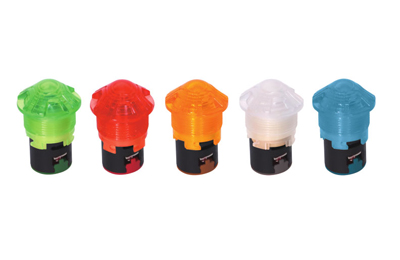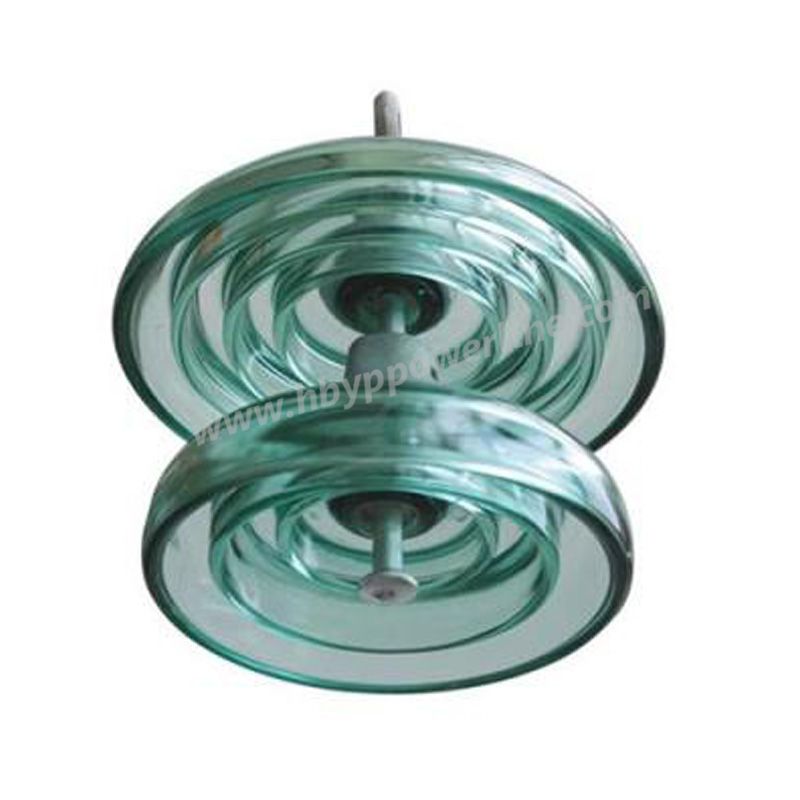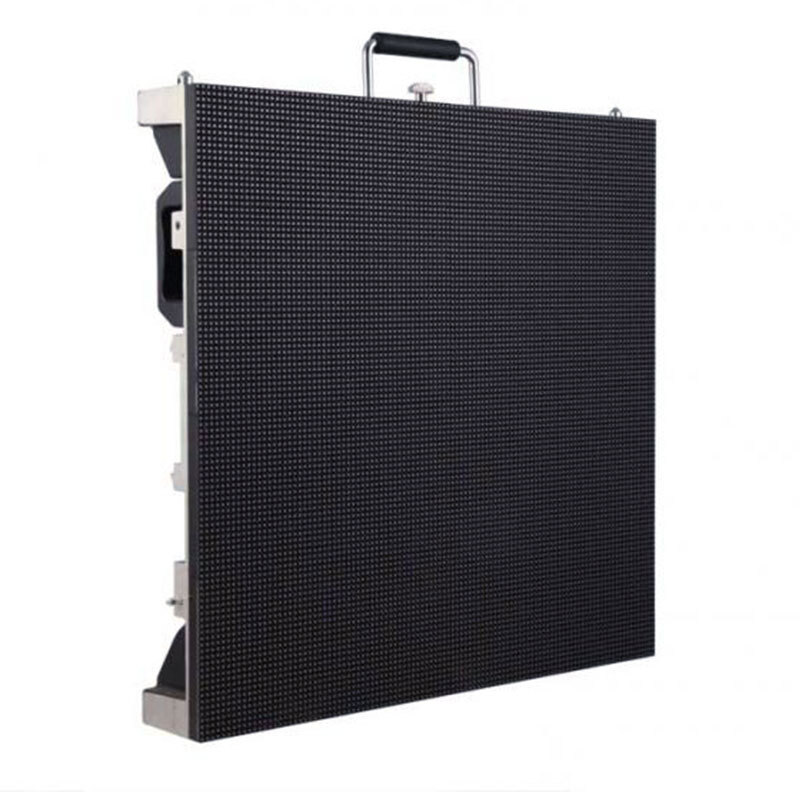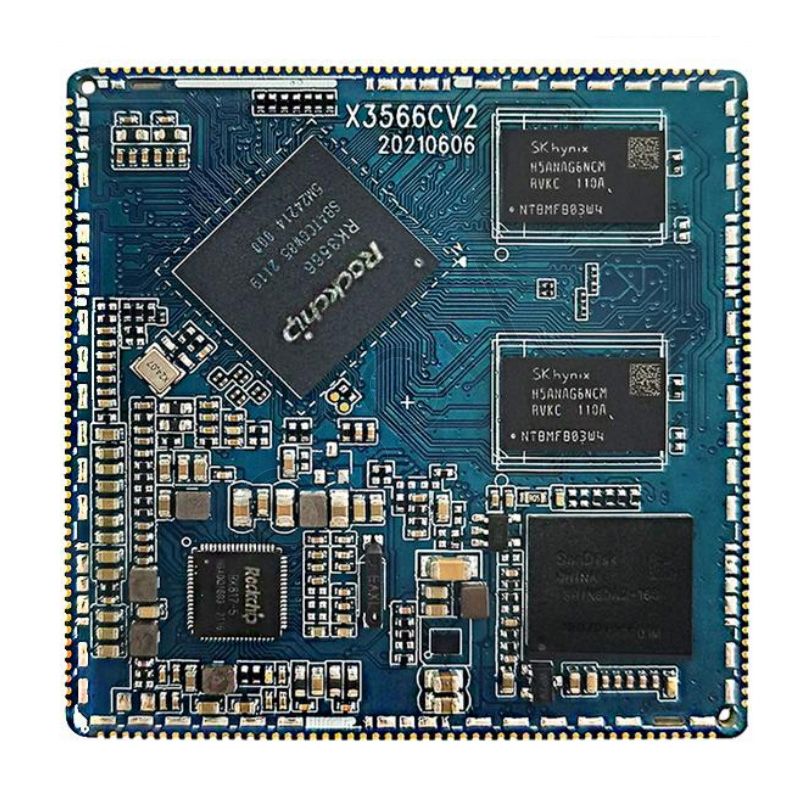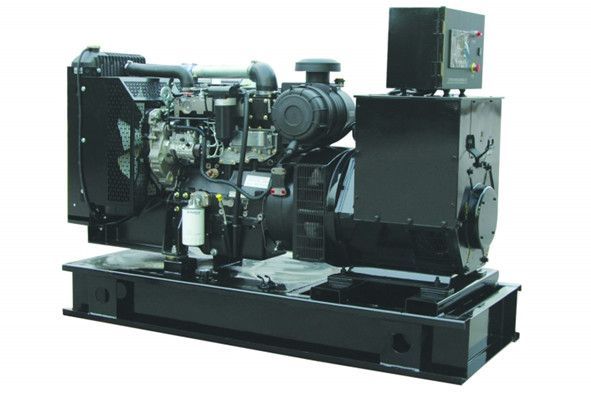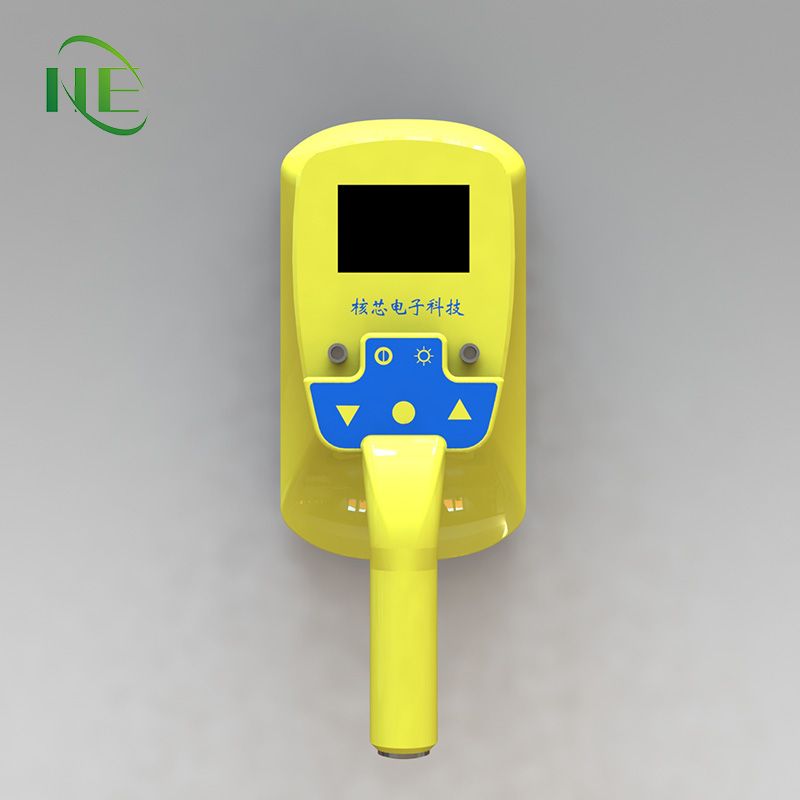How do you fix LED screen problems?
Fixing LED screen problems requires a systematic approach and understanding of the underlying causes. LED screens, while known for their vibrant displays and durability, can encounter issues ranging from dead pixels to complete screen failure. To address these issues effectively, one must first identify the specific problem and then implement appropriate solutions.
One common LED screen problem is dead pixels, which can result from manufacturing defects or physical damage. Dead pixels appear as black spots on the screen and can be particularly noticeable on solid-colored backgrounds. To fix this issue, some screens have built-in pixel-refreshing functions that can sometimes revive dead pixels by cycling through different colors rapidly. However, if the dead pixels persist, replacing the screen may be necessary.
Another prevalent problem is image retention or burn-in, where static images leave a ghostly impression on the screen even after they are no longer displayed. This issue often occurs in LED screens used for digital signage or constant display of logos and static content. To mitigate burn-in, screen savers or pixel-shifting techniques can be employed to evenly distribute the wear on the pixels and prevent persistent image retention.
Eco-Friendly Material Handling: Advantages of Lithium Forklift Batteries
The Future of IC Design: Innovations and Trends in Integrated Circuitry
10 Useful Commercial Solar Inverters
What is a Hybrid Inverter & how does it work?
Choosing the right COB LED
4-Megapixel USB Cameras vs. 1080p: Unraveling the Differences in Image Quality
SMT PCB Buffer vs. Conveyors: Which Is Better for Your Assembly Line?
Furthermore, LED screens may experience connectivity issues, such as flickering or intermittent display, due to loose connections or incompatible cables. Troubleshooting these problems involves checking the connections, ensuring cables are securely plugged in, and replacing damaged cables if necessary. Additionally, updating display drivers and firmware can resolve compatibility issues and improve overall performance.
The significance of addressing LED screen problems promptly cannot be overstated, especially in commercial settings where displays play a crucial role in advertising and communication. Unresolved issues not only diminish the viewing experience but also reflect poorly on the brand's image and credibility. By implementing effective solutions, businesses can maintain the integrity of their displays and ensure uninterrupted operation, thereby maximizing the impact of their visual content.
In conclusion, fixing LED screen problems requires a combination of technical knowledge, troubleshooting skills, and proactive maintenance. By understanding the root causes of common issues and implementing appropriate solutions, users can ensure optimal performance and longevity of their LED screens, ultimately enhancing the viewing experience and preserving the value of their investments.
Is Flexible Conduit Explosion-Proof?
What are the Advantages of Deep Cycle Battery?
Which diesel generator is best for home?
The Ultimate Guide to Selecting the Perfect Outdoor LED Video Wall
Energy storage 101: how energy storage works
Advantages of Flexible Metal Conduit in Electrical Wiring
What’s the Difference between Start Stop Car Batteries & Normal Batteries?




